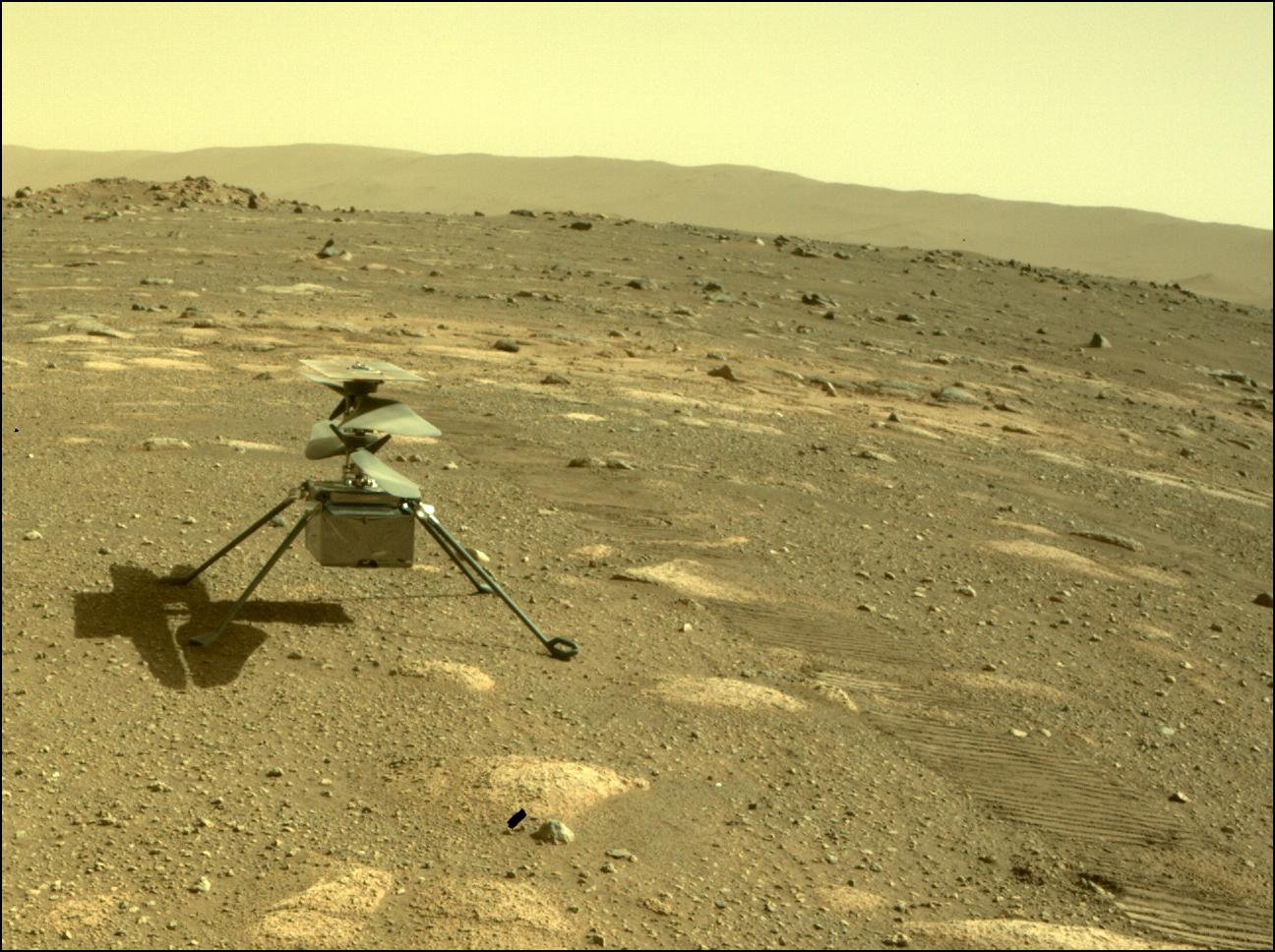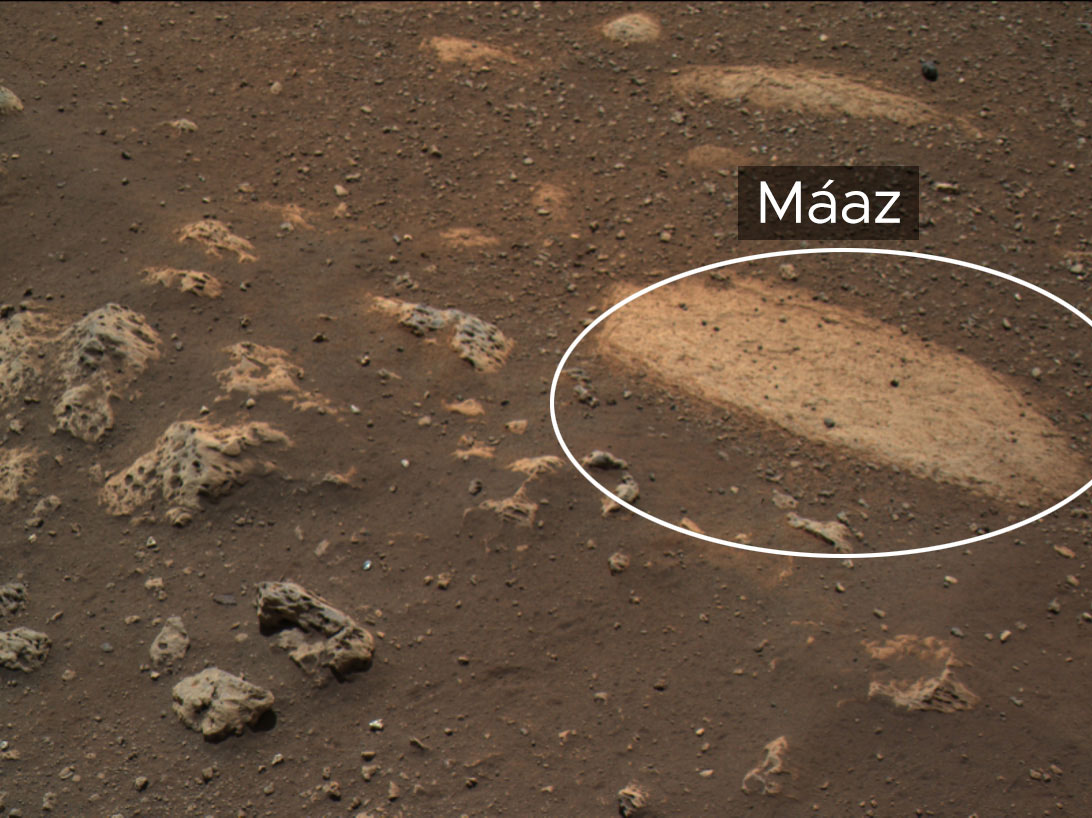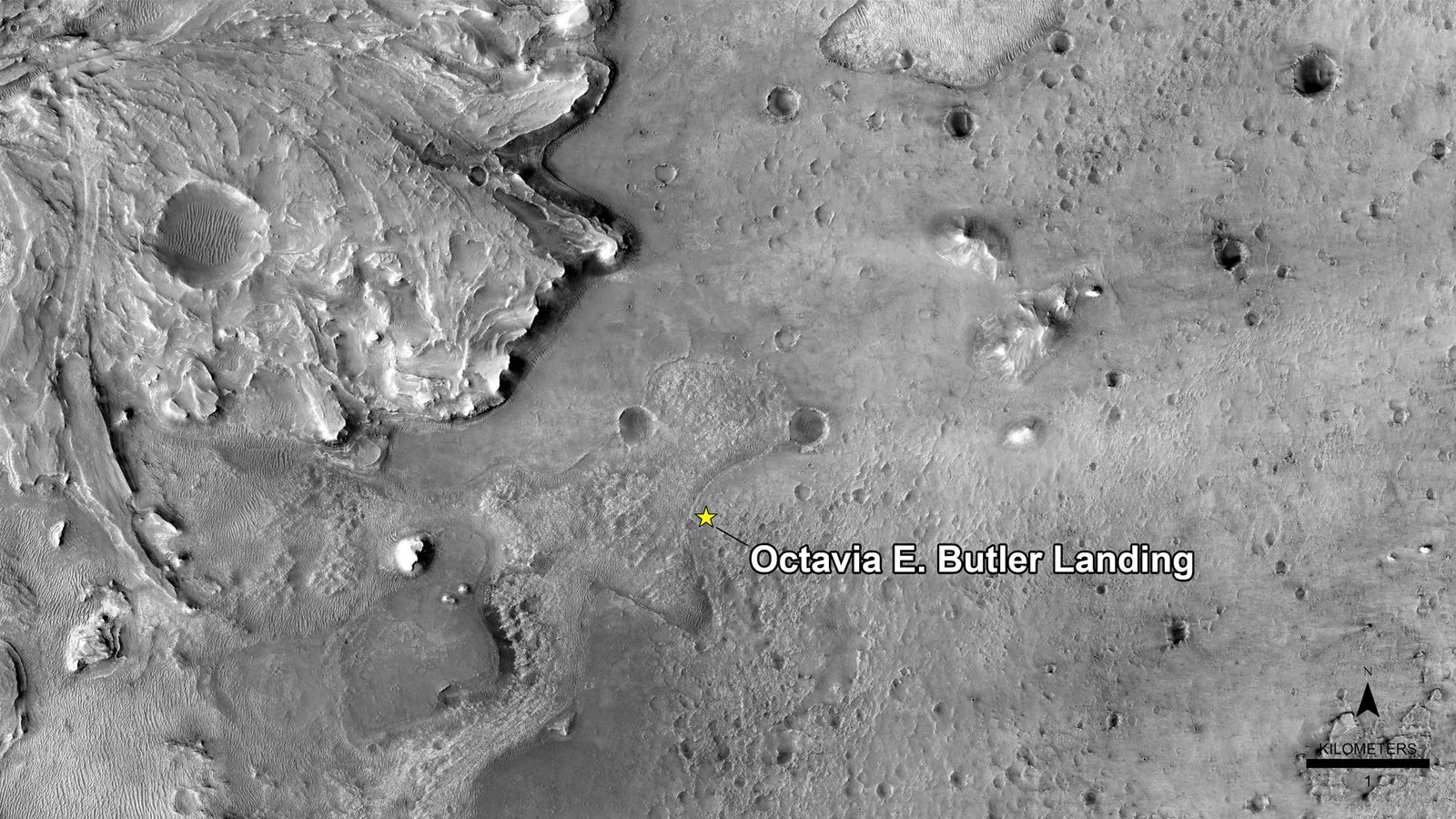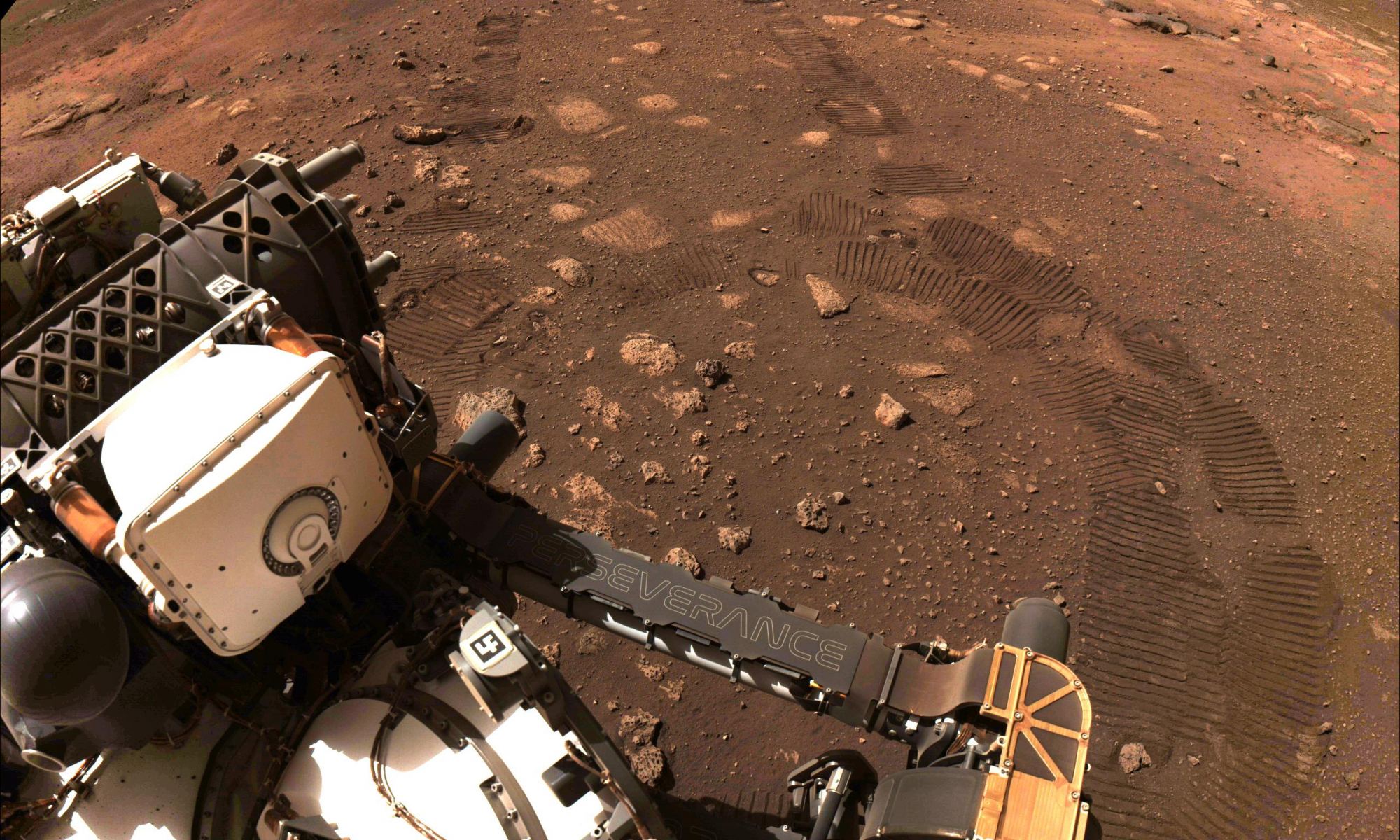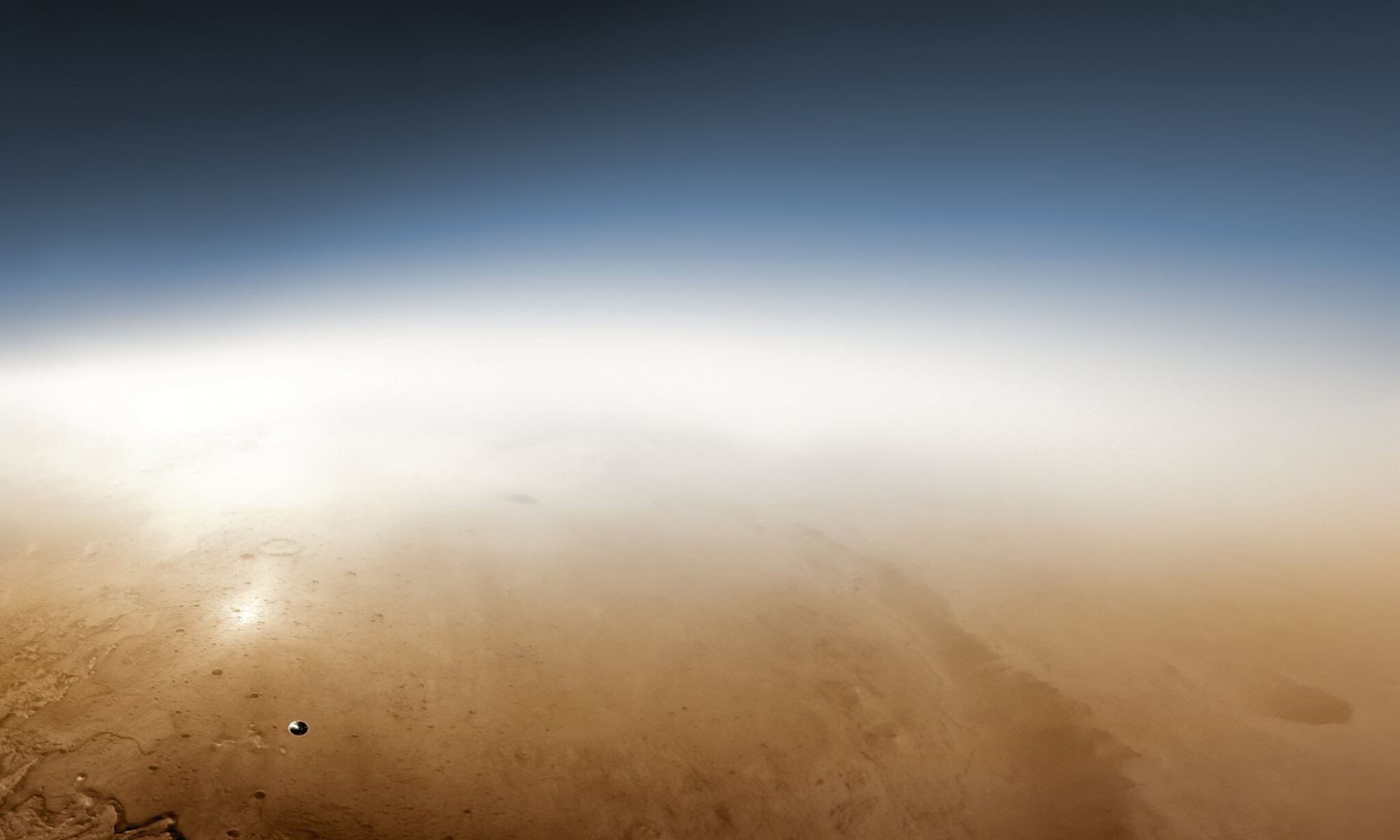On March 4th, 2021, the Perseverance rover began driving from its landing site on Mars. During this drive, the rover covered 6.5 meters (21.3 feet) and conducted some basic maneuvers and instrument tests. In keeping with a NASA tradition where mission controllers give unofficial nicknames to various geological features, the team also consecrated the landing site by naming it after a famous science fiction author.
Henceforth, the site where Perseverance landed will be known as the “Octavia E. Butler Landing,” in honor of the groundbreaking science fiction author who passed away in 2006 (she was 59 years old). Butler is renowned for being the first African-American woman to win both the Hugo and Nebula Award and was the first science fiction author honored with a MacArthur Fellowship (in 1995).
Continue reading “Perseverance’s Landing Site Named for Octavia Butler”



